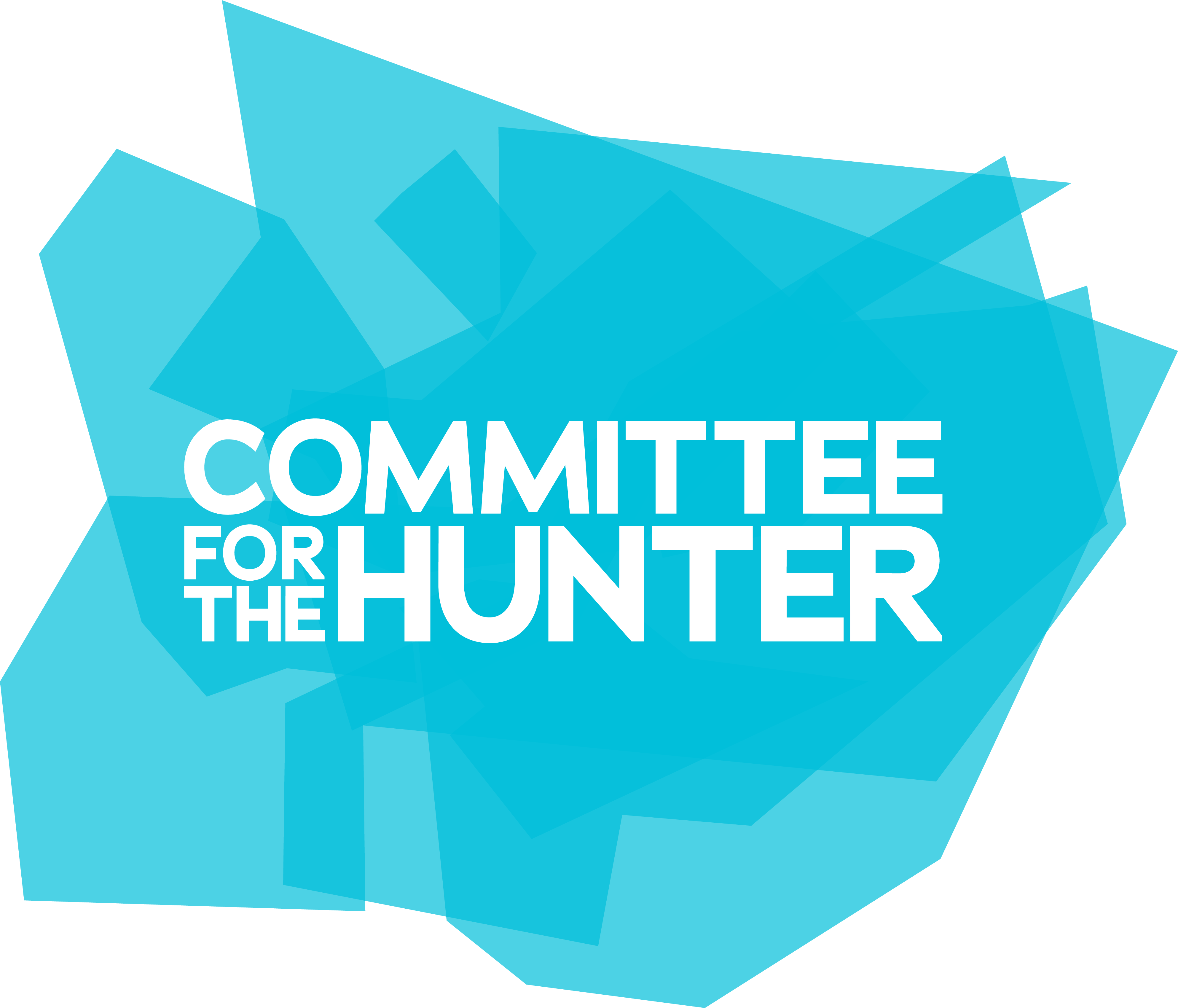By Matthew Kelly March 20 2023

National housing campaign Everybody’s Home has warned that Hunter renters on low incomes will continue to struggle to make ends meet even with scheduled increases to Centrelink and Commonwealth Rent Assistance payments.
Everybody’s Home was launched in 2018 by a coalition of housing, homelessness and welfare organisations to ensure everyone has a safe and decent place to live.
Its pre-budget submission calls on the Government to build at least 25,000 social homes each year for 20 years, end tax handouts for landlords, saving billions for social homes and renters in need, boost funding for homelessness services and raise the rate of Centrelink payments, helping renters on the lowest incomes.
The Hunter’s grim statistics
The Newcastle Herald recently reported Shelter NSW data showing that Lake Macquarie and Port Stephens had joined Cessnock, Maitland, and Newcastle among the state’s 10 local government areas with the highest housing need.
The report revealed there are nearly 6000 people on the social housing list waiting for a place in the Hunter’s five worst affected government areas.
It followed the release of NSW government data which showed there were more people in the Hunter in need of homes on June 30 than there were the previous year.
Urgent government action needed
Everybody’s Home spokesperson Maiy Azize urged the federal government to address the national housing crisis in the upcoming budget.
“Australians are paying the price for a broken system that is getting worse every year,” she said.
“Rents are sky high, vacancies are tight, and renters are foregoing the basics just to continue having a home. But instead of helping Australians in need, the Government is spending billions each year on tax handouts to landlords.
Updates to payments like JobSeeker and Commonwealth Rent Assistance were nowhere near keeping up with rent hikes and, in real terms, those payments were going down, Ms Azize said.
“We’re backing calls to raise the rate of Jobseeker and other income support payments over the poverty line, so everyone can keep a roof over their head and food on the table,” she said.
“We also call on the Government to end the tax handouts for landlords in its next budget. That would free up billions to build more social homes.
“Australia has a shortfall of 500,000 social homes and no plan for how to fix it. The next Budget must commit to build 25,000 new social homes every year to end that shortfall.
“If the Government is serious about housing affordability, it must put its money where its mouth is and take action.
Community housing safety net

When Maree Preston’s marriage broke down she was left with no superannuation, savings or roof over her head.
The 63-year-old, who works several casual shifts to make ends meet is among a growing contingent of older people, particularly women, at risk of becoming homeless.
Today she lives in a unit in Newcastle West, which she rents from Hunter-based community housing provider Home in Place.
“When I was married, I chose to stay at home to look after my children. I don’t have significant superannuation or savings to dip into,” Ms Preston said.
“I worry for myself and other women in similar situations who need housing, especially when they can no longer work.”
Home in Place chief executive Australia Lyndall Robertshaw said high property prices, high rents and a lack of availability of housing was hitting vulnerable community members hard.
“More people are being pushed into community housing because they cannot afford to rent or buy private housing, including working people,” Ms Robertshaw said.
“We are seeing rising rates of people sleeping rough or experiencing homelessness. The problem is now too big for individual state governments. We need leadership and investment from all levels of government and an evidence based national plan addressing all the levers that influence housing.
The plan has to include more direct government investment in building social and affordable housing, particularly in regional areas.
“We successfully did it after World War ll and it would stimulate jobs and economic activity in these areas. We need to stop viewing social and affordable housing as a cost to government. It is an investment in infrastructure,” Ms Robertshaw said.
She said not for profit community housing providers were an important part of the solution.

Home in Place recently partnered with the NSW Government to deliver almost 500 properties across 19 sites in the Hunter and Central Coast.
Ms Robertshaw said not for profit providers had the ability to leverage their housing stock to build more housing.
“Having a safe roof over your head should be a fundamental human right. You can’t focus on working, family, education or your health or tackling other issues if you are always worried about where you are going to sleep,” she said.
The Committee for the Hunter has listed social and affordable housing among its top regional priorities. It has joined other organisations in calling for a direct Government investment to increase the stock of social, affordable and crisis housing.
